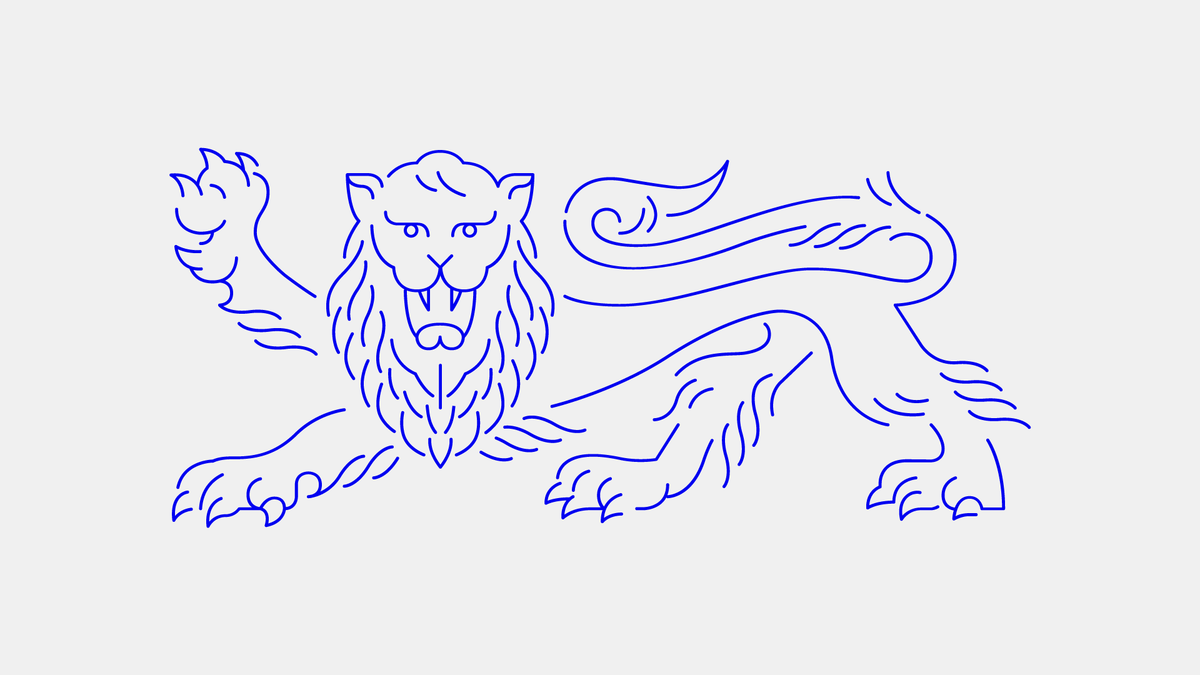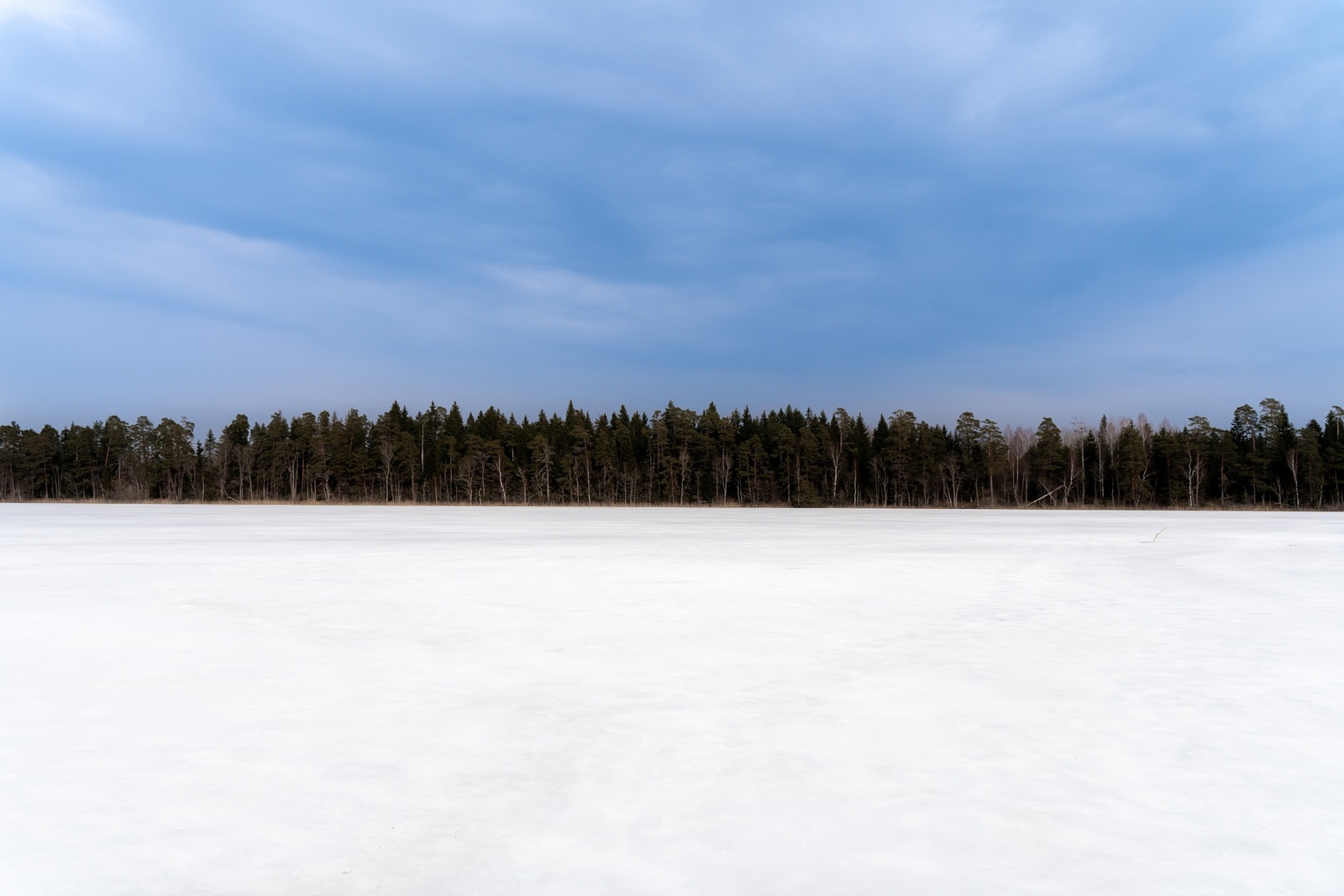The
Republic of Estonia was first declared on February 24, 1918. It became fastened
during the War of Independence in 1920, when the peace Treaty of Tartu between
Soviet Russia and Estonia was signed and Estonia was internationally
recognised. The same year the first constitution of Estonia was also accepted.
It bestowed sizeable power into the hands of the parliament.
After just
two decades of independence, during which the country flourished, Estonia was
annexed by the USSR in 1940 following the Molotov-Ribbentrop Pact between Nazi
Germany and the Soviet Union, which with its Secret Protocol defined the
spheres of influence of both countries in the Second World War.
Following the Singing Revolution at the end of the 1980s and the collapse of
the Soviet Union, Estonian statehood was restored on the basis of de jure continuity
in 1991. In 2004, Estonia joined both the European Union and NATO.
Even though
Estonians have never had a king from their own midst, the Estonian coat of arms
is of royal descent: the three lions motif dates from the thirteenth century,
when the king of Denmark, Valdemar II, donated a similar coat of arms to the
city of Tallinn. Despite the arguments against arms of strange royal origins,
or calls for inclusion of the southern Estonian griffin on the coat of arms,
the three lions were declared the Arms of Estonia in 1925.





